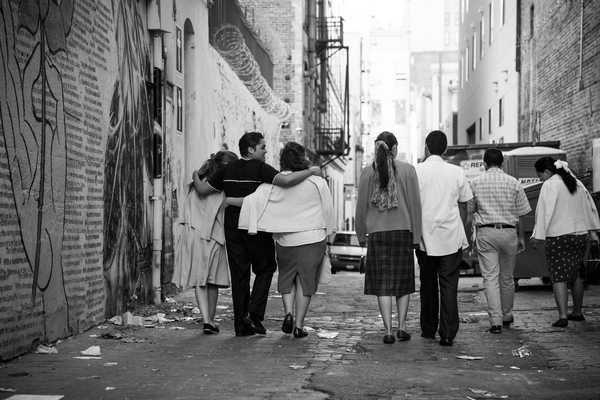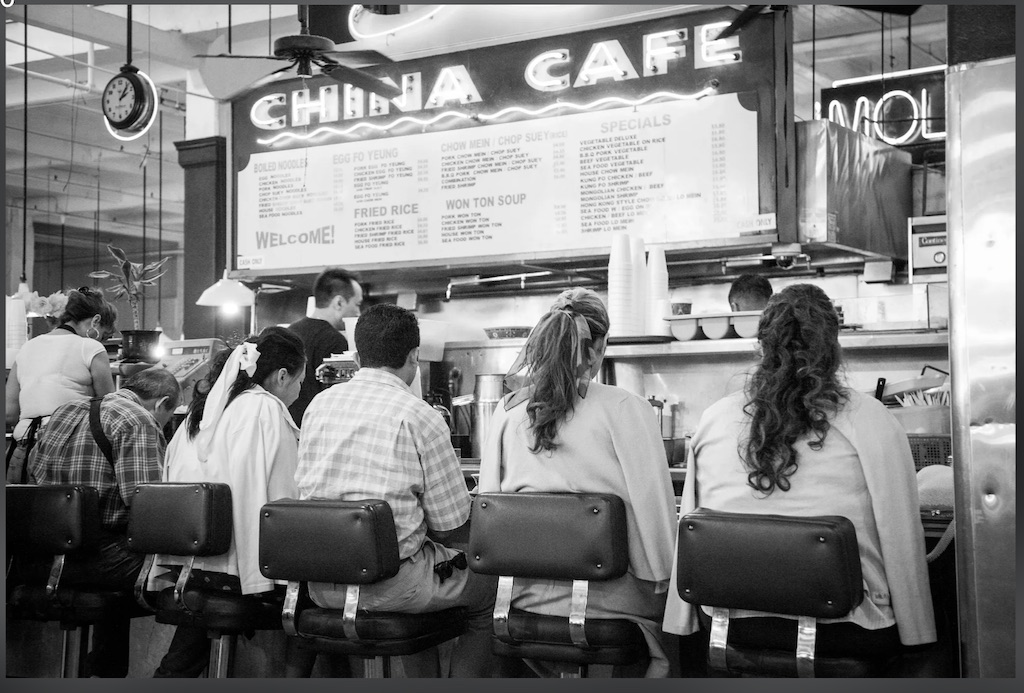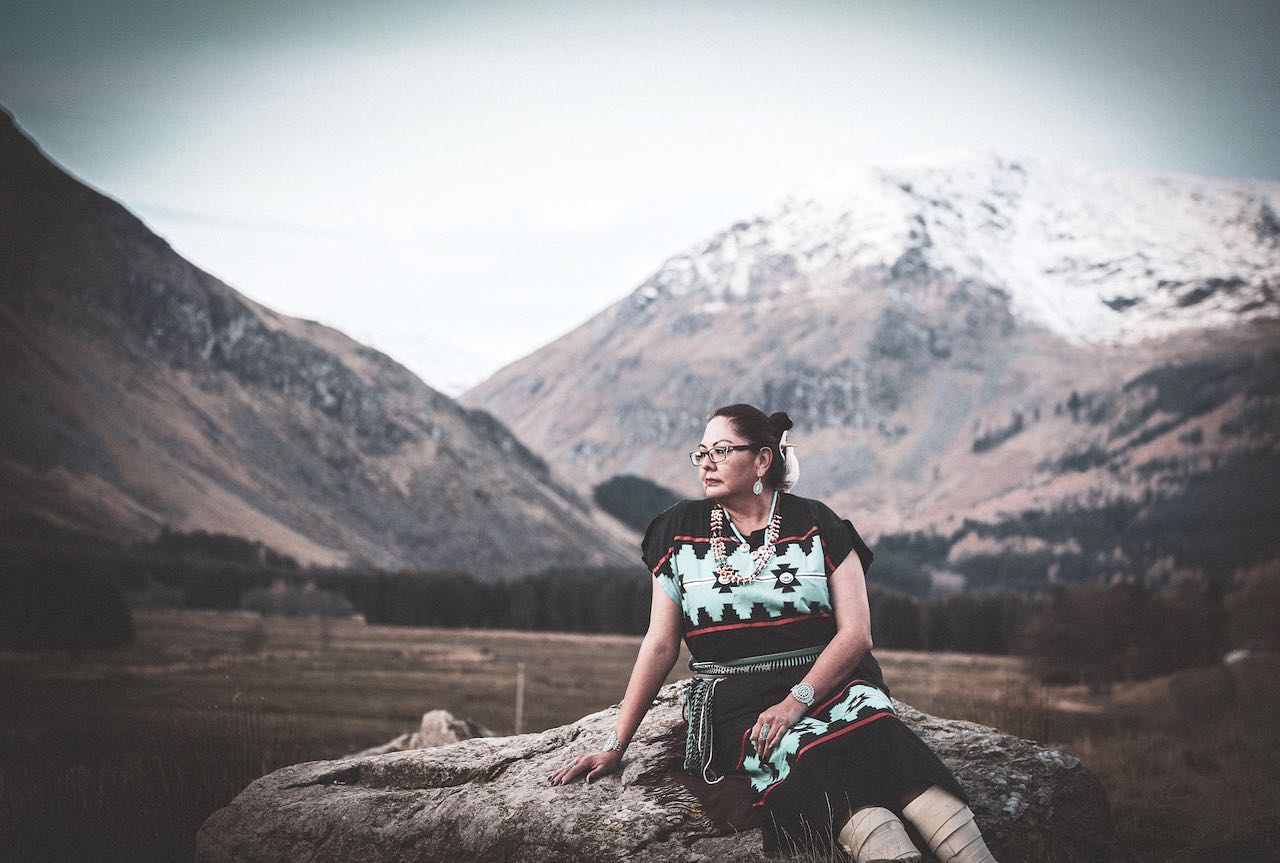
Welcome to Los Angeles - Union Station
Digital Print
18” x 22” (print) / 20” x 24” (framed)
$1850
Narrative of the American Indian Relocation program enacted by the U.S. Government in 1956.

Heading into the City of Los Angeles
Digital Print
18” x 22” (print) / 20” x 24” (framed)
$1850
Seven young Native Americans tribute to the 1st generation of relocated "exiled" American Indians in Indian Alley DTLA.

Smoking in Alley of Main Street
Digital Print
18” x 22” (print) / 20” x 24” (framed)
$1850
Seminole/Choctaw man smoking in the Alley off Main Street in Los Angeles, CA.

Blessing
Digital Print
11” x 14” (print) / 12.5” x 16” (framed)
$1200

Grand Central Market
Digital Print
11” x 14” (print) / 12.5” x 16” (framed)
$1200

Grand Central Café
Digital Print
11” x 14” (print) / 12.5” x 16” (framed)
$1200
Legacy of Exile NDNZ, 2019
Play Video (Run Time: 14 minutes)
Play Video (Run Time: 3.29)
My Once Life is a hybrid video poem about the continuing impact of colonization on tribal peoples. Native people resist their violent history and contemporary political struggles through engaging with deep historical knowledge and creating new oral histories. I asked my native female friends to read my poem for a few reasons; one is that I want to show the diversity of tribal nations living in Los Angeles, and secondly, to show the passion and collective connection we have as Indigenous women to our tribal history.
The poem is read by 12 Native women living in Los Angeles whose strong voices embody empowerment : Nanabah Hill, (Navajo-Oneida), Diana Terrazas, (Paiute), JaNae Collins, (Dakota-Crow), Xelt’tia Temryss Lane, (Lummi Nation), Viki Eagle, Sicanqu (Lakota-Sioux), Cheyenne Phoenix, (Northern Paiute-Navajo), Stephanie Mushrush, (Washoe Tribe), Hakekta Winyan Jealous Of Him (Lakota), Chrissie Castro, (Navajo), Neyom Friday, (Cheyenne-Arapaho and Mskoke Creek), Vivian Garcia, (Cherokee Nation of Oklahoma), and Deja Jones, (Eastern Shoshone).







 Website:
Website:
